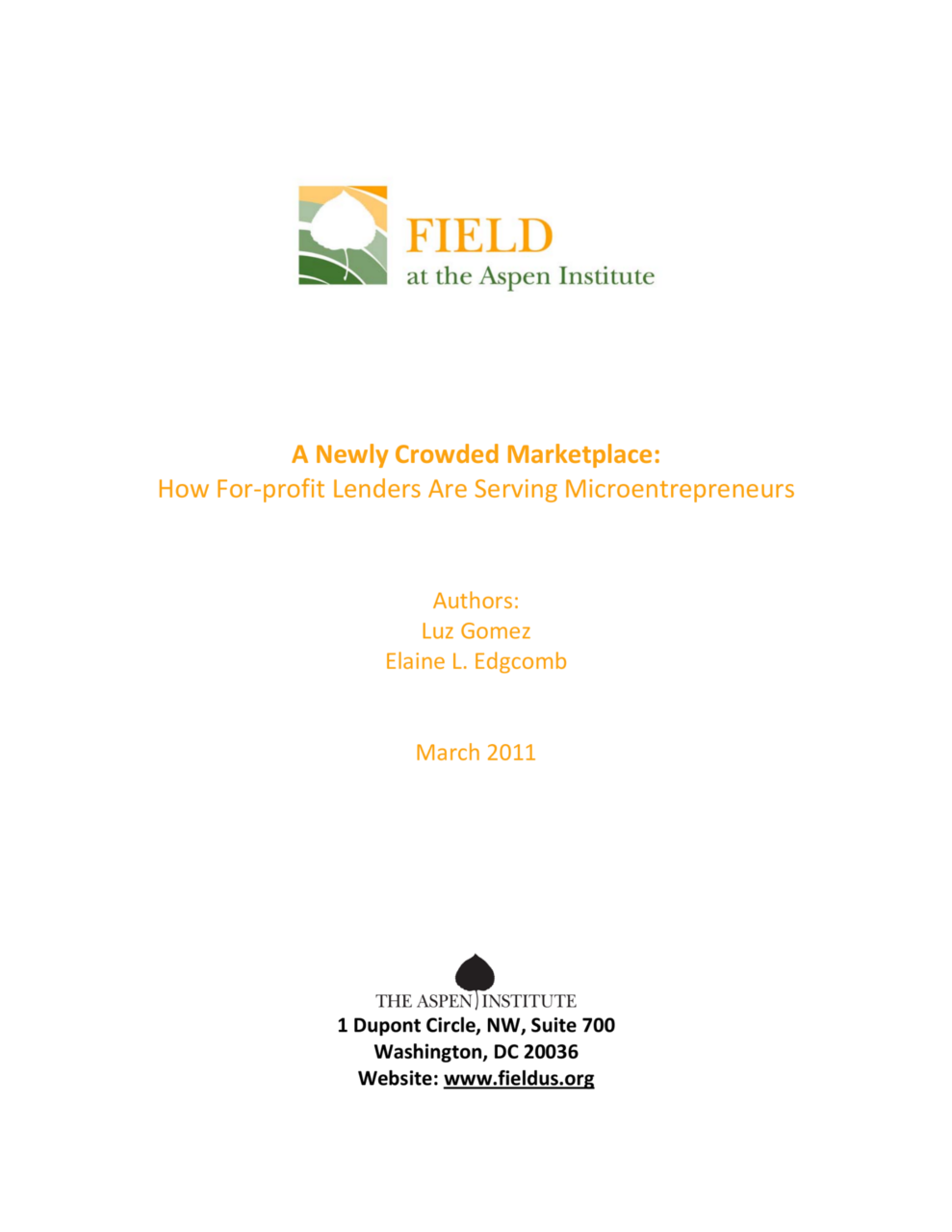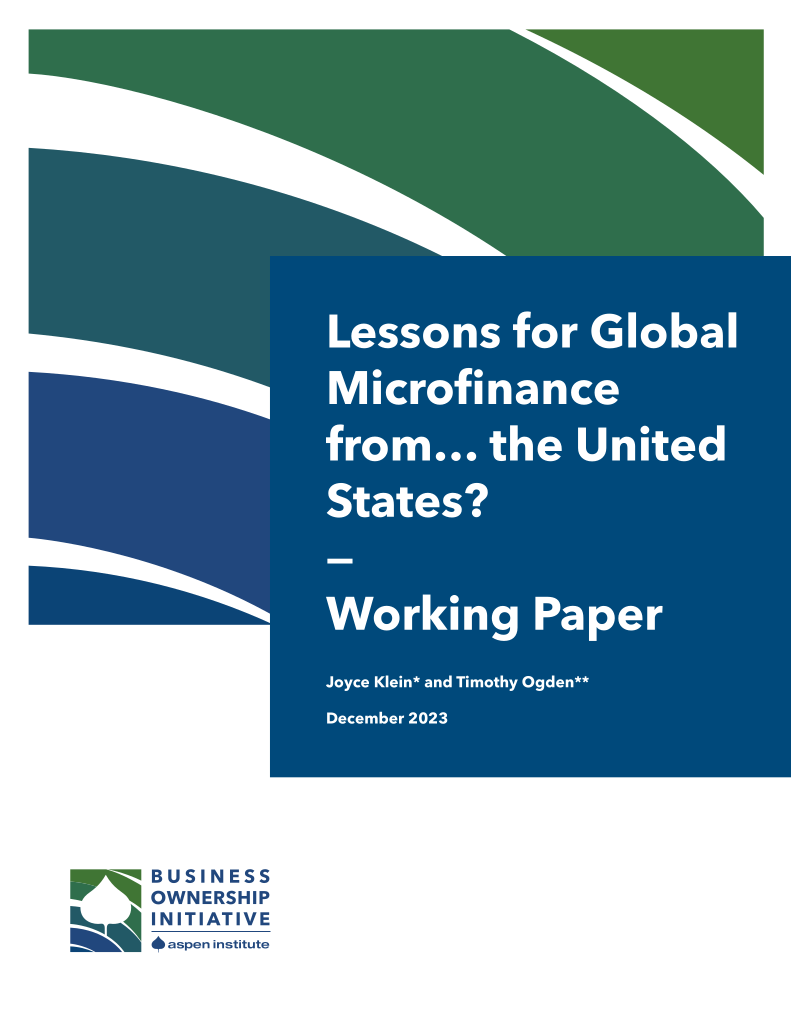The landscape of financial access for microenterprises in the U. S. has changed dramatically in the aftermath of the financial crisis. Gone are the days when many microentrepreneurs were easily able to tap home equity lines and personal and business credit cards, as access to both of these sources was pulled back considerably in the midst of falling home values and more conservative bank underwriting.
Recently, a number of for-profit organizations working in the retail financial services arena have begun to fill this void by offering microloans to microbusinesses and consumers alike — positioning themselves quite differently from traditional financial institutions and alternative financial (retail) providers, such as check cashing outlets or personal finance companies. While traditional personal finance companies offered access to credit, many did so without offering additional developmental benefits like building credit, which several of these newer companies aim to do. Some of these newer companies have scaled significantly in a short period of time. Progreso Financiero, for example, has disbursed over 100,000 small-dollar loans in low-income communities since its launch in 2005. Using a very different consumer model, online peer-to-peer (P2P) lenders, such as Lending Club or Prosper, have together lent over $400 million since their respective foundings in 2006 and 2007. While Progreso and these P2P lenders largely work in the consumer finance realm, a portion of their sizable (and growing) portfolios is comprised of small and microbusinesses that receive personal loans specifically for business purposes.
Other for-profit lenders focus explicitly on the microbusiness segment. OUR Microlending and Financiera Confianza, for example, target the low-to-moderate income microenterprise market exclusively and have grown aggressively (compared to nonprofit microlending peers) in a three-to-four year period. Other, more traditional companies, such as merchant cash advance providers and factoring companies, have reemerged as bigger players amid the credit crunch. And, even large retailers, such as Sam’s Club, have thrown their hats in the ring. Sam’s has begun offering SBA-guaranteed small business loans under $25,000 in partnership with California-based Superior Financial Group — not an insignificant move given its substantial small business customer base.
It is important to understand what this changing marketplace might hold. What are the implications of this new landscape of providers for microentrepreneurs and the nonprofit microlending industry? What might nonprofit microlenders learn from the experiences of the for-profit lenders in scaling their services? And, what opportunities might exist for collaboration?


